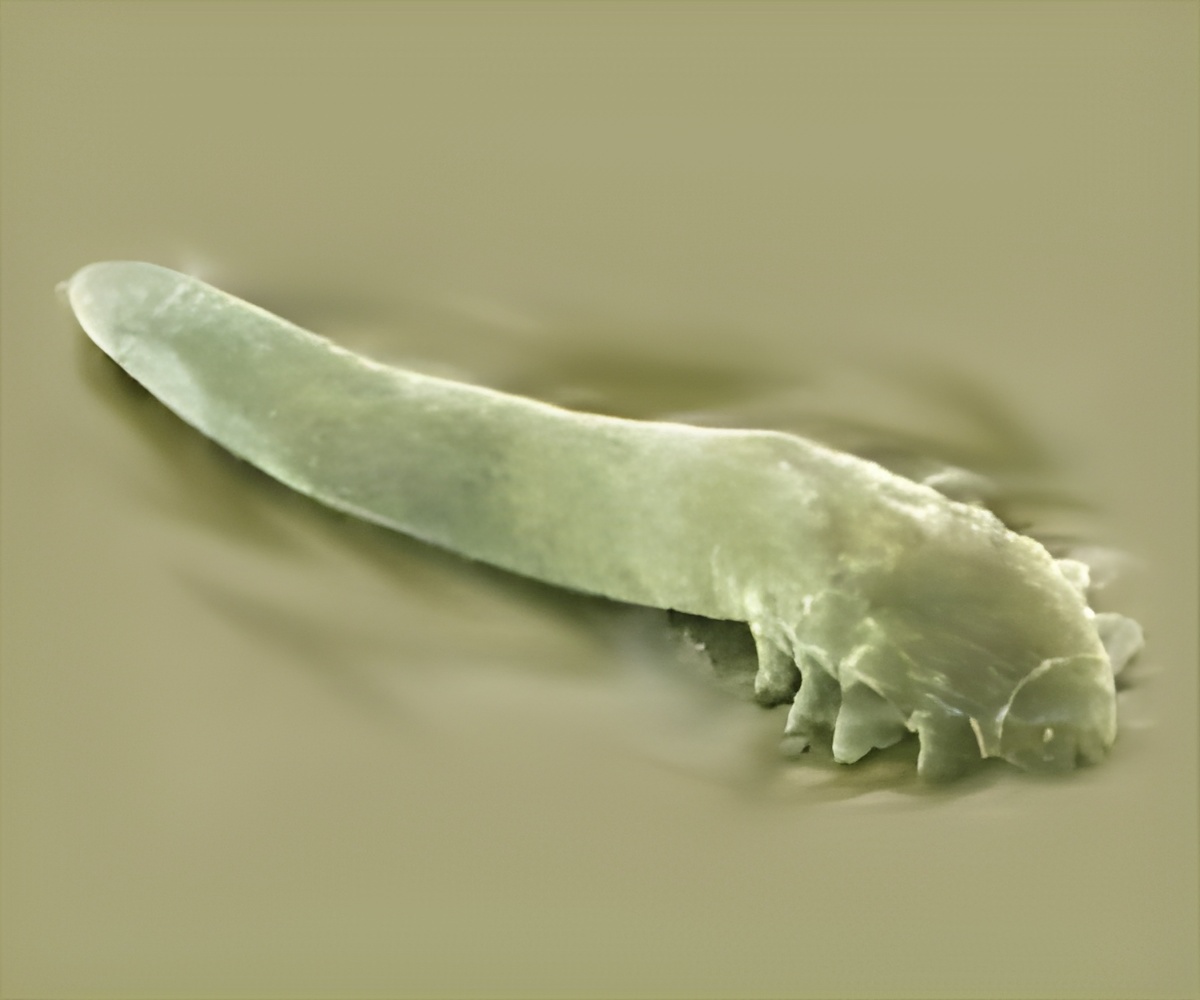
The two identified species of mites are Demodex folliculorum and Demodex brevis. People over 18 years of age appear to host at least one Demodex species, suggesting that they are universal.
D. brevis is slightly shorter and rounder and spends most of its life inside a hair follicle sebum (oil) gland. D. folliculorum live more shallowly in the hair follicle and occasionally crawl about the skin at night.
A number of studies conclude that these mites reproduce in the pores. Neither species has an anus, so they are not excreting. They just store up the waste until they explode and die. After death, their grip relaxes and releases it onto the skin when it combines with our body oils.
Study co-author Dr. Rob Dunn, a biologist at North Carolina State University said, "The surprise is that these mites seem to be on nearly all or even all adults, even though they are rare or maybe even entirely absent on younger people." And how they make their way onto our faces remains a "fundamental mystery," he added.
For the study a metal spatula was scraped along the noses and cheeks of 253 men and women to collect samples of their faces’ microscopic ecosystem. The researchers then extracted DNA from the sebum which is the oily substance produced by the sebaceous. They found that every adult 18 years and above had DNA from mites on their skin. Tests on further people have also come up with the same 100 per cent result.
Advertisement
The study was published online in the journal PLOS ONE.
Advertisement
Source-Medindia










